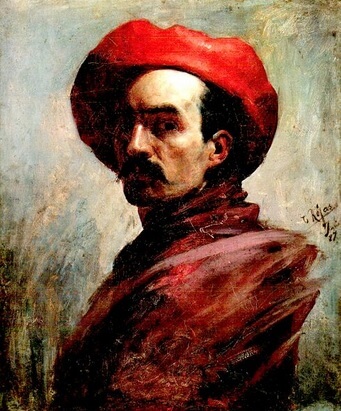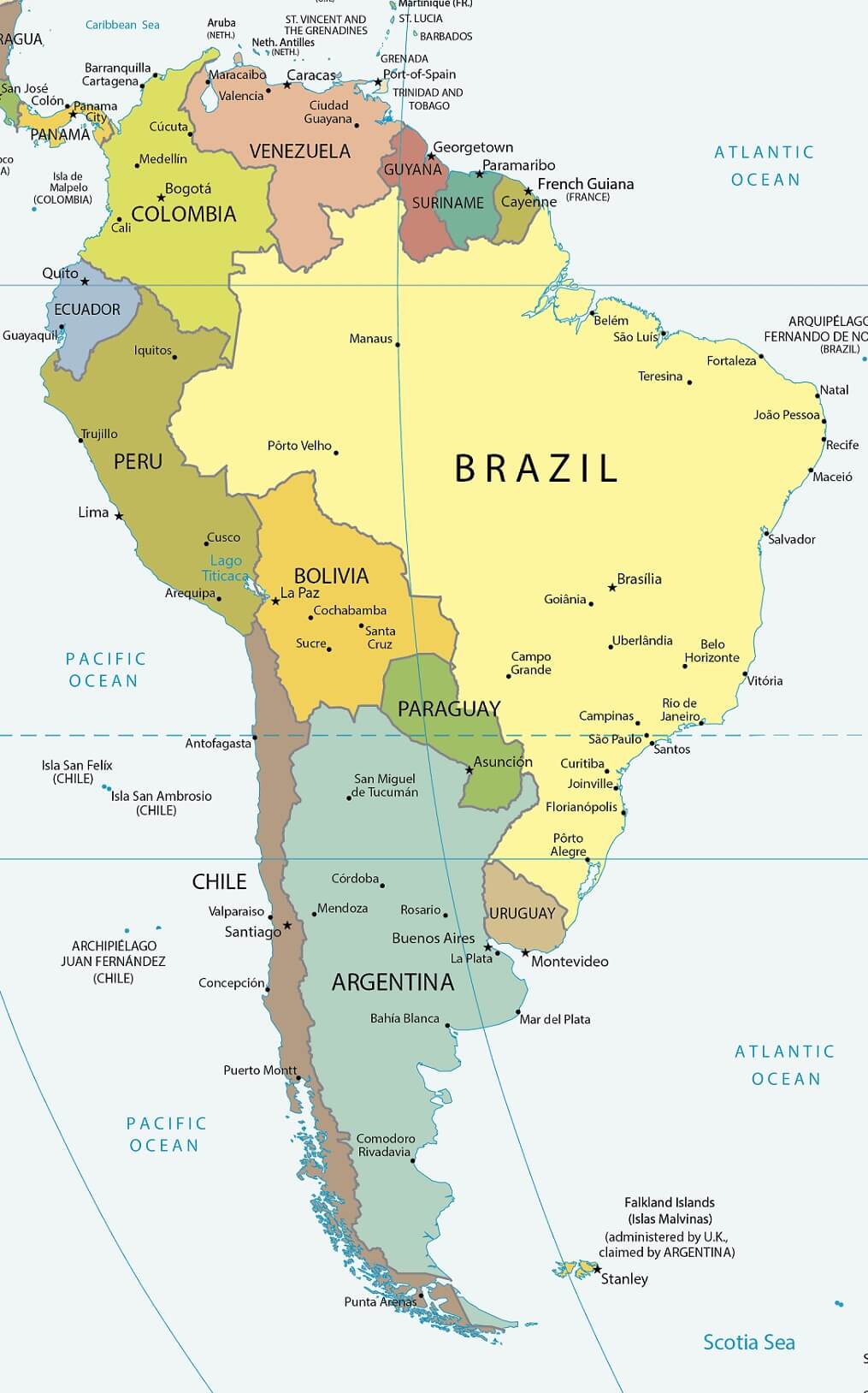Activity 1: Can You Find It?
Find the following in the artwork:
- Baptistry
- Baby
- Bonnet
- Hats
- Crosses
- Wrought Iron
- Font
- Holy Water (not visible)
- Priest
- Ghostly Woman
- Balding Man in Black
Activity 2: Narrate the Artwork
- After studying the artwork, narrate the scene shown aloud using your own words.
Activity 3: Complete Vocabulary Activities
- While studying the new words, point out any you see in the painting.
- Define each of the vocabulary words in your own words.
Activity 4: Color the Map

- Click the crayon above, and complete page 26 of 'Art History Coloring Pages for Second Grade.'
Activity 5: Color the Artist

- Click the crayon above, and complete page 27 of 'Art History Coloring Pages for Second Grade.'
Activity 6: Color the Artwork

- Click the crayon above, and complete page 28 of 'Art History Coloring Pages for Second Grade.'


